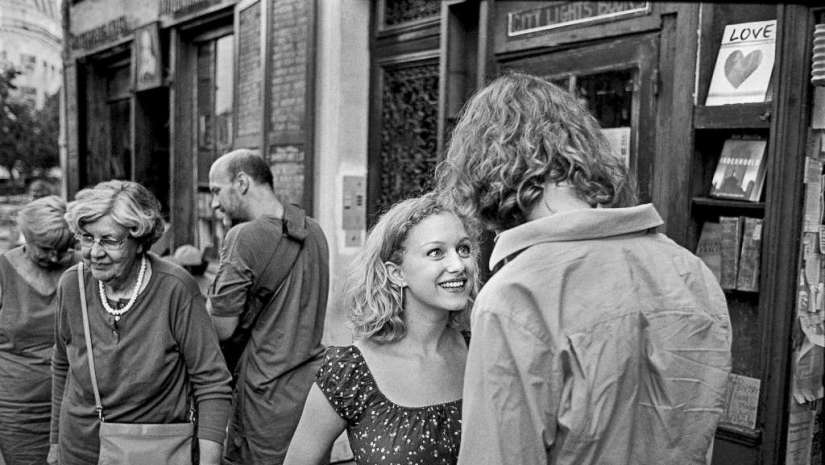Cradoc Bagshaw is an internationally acclaimed photographer and photojournalist with a lifelong passion for documentary and street photography. “I’m not a travel photographer, but I work best when I’m traveling, ” he wryly observes. His classic Leica black-and-white images capture the defining moments in life that express our shared human experience. A professional photographer and photojournalist for over forty years, his incisive work has appeared in dozens of prestigious publications including Time, Newsweek, Forbes, Business Week, and the New York Times. He’s worked with Black Star and the Gamma Liaison agency in New York, doing both editorial and corporate assignments. Bagshaw has lectured on photography at numerous institutions including NYU, the International Center of Photography in New York, UCLA, the California Polytechnic Institute, and Brooks Institute of Photography in California. His clients include USA Today, ABC Good Morning America, UNICEF, Columbia, Capitol, Vanguard Records, the Whitney, Amon Carter, and Smithsonian museums.
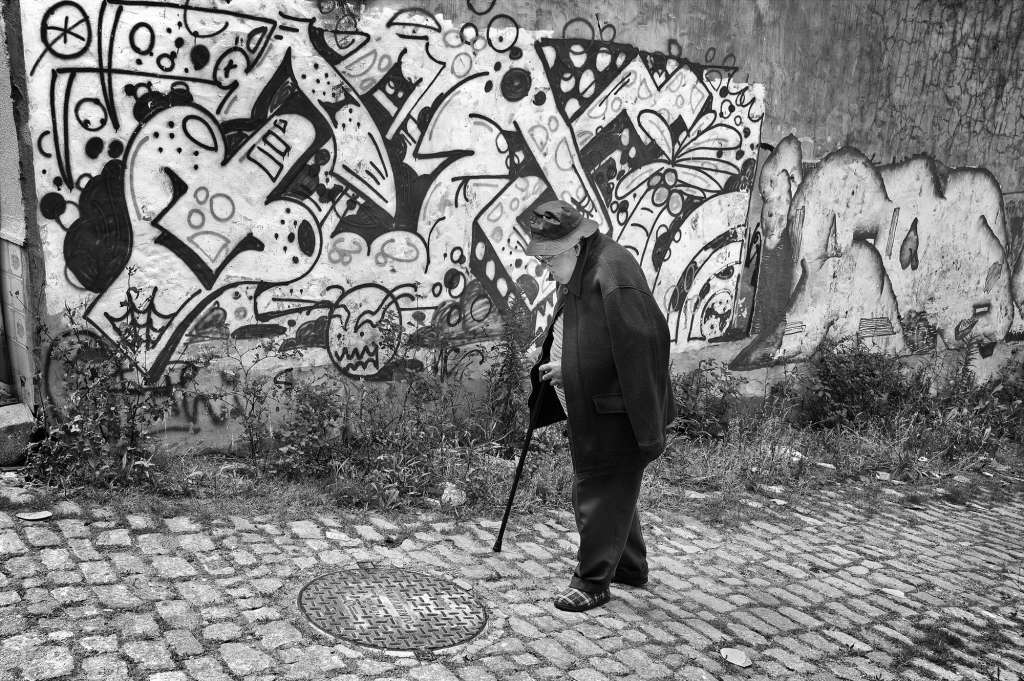

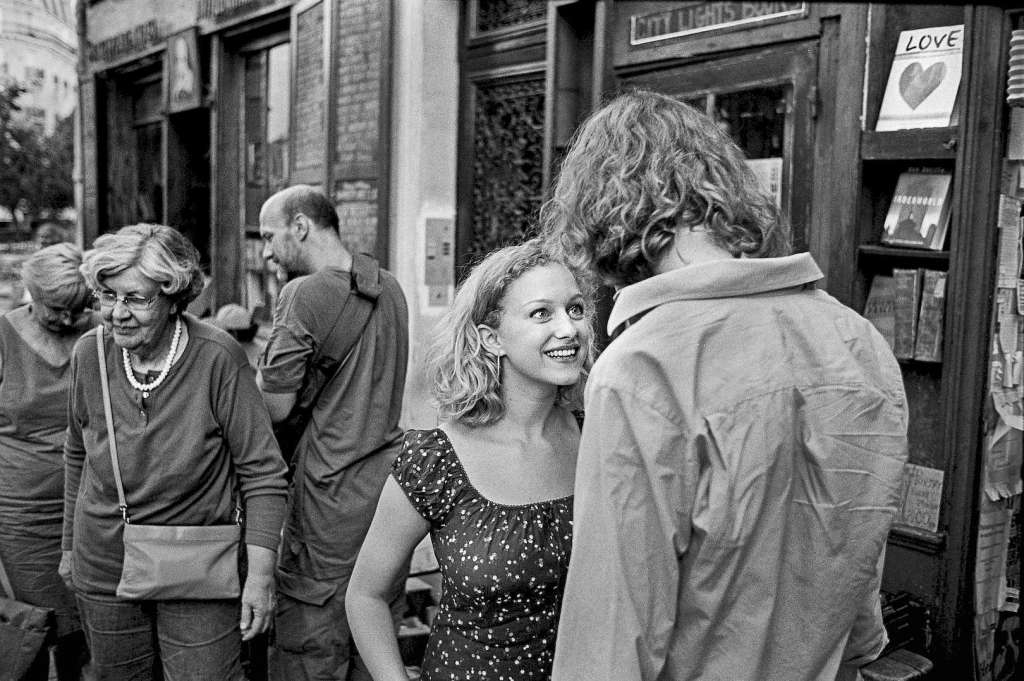

Note: Nearly all of the black-and-white images showcased here were taken with Leica M rangefinder cameras—a few with Leica M3’s and M4’s, but the bulk with Leica M6’s, usually with a 35mm f/2 Summicron lens. His more recent shots in Spain were made with digital Leica M9’s and 35mm f/2 Summicron ASPH and a 28mm f/2.8 Elmarit ASPH lenses. Bagshaw shoots Kodak Tri-X film in his M6’s and also uses Leica 50mm f/2 Summicron and 90mm f/2.5 Summarit lenses from time to time.
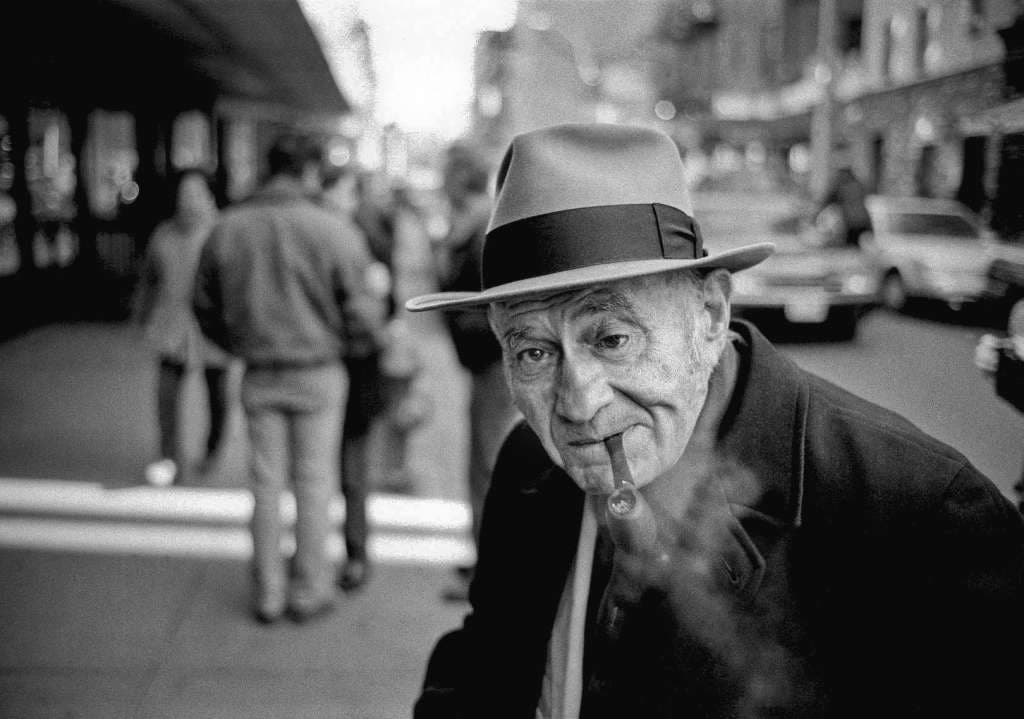
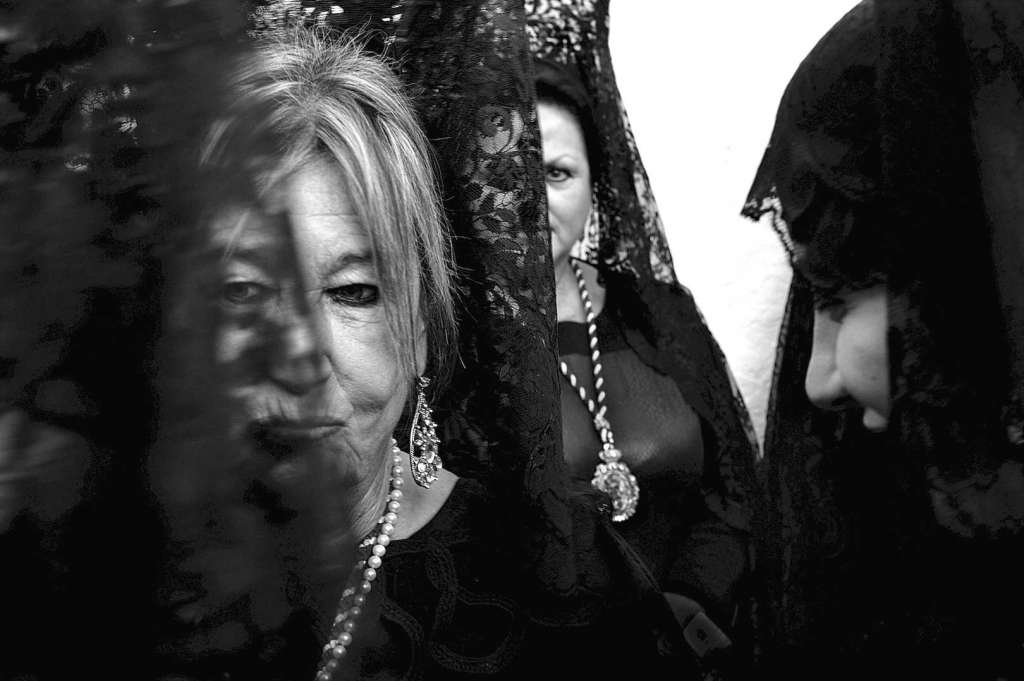
Ever since his early teens, Cradoc Bagshaw aspired to be a photographer. Inspired by the superb black-and-white images of Cartier-Bresson, W. Eugene Smith, and Werner Bischoff that he discovered at the local library, he wanted to emulate them. He grew up in Anchorage, Alaska, then a small provincial town, and when he was only 14 he gathered up the money earned on his paper route and bought a new Baby Rolleiflex (a 4×4 cm-format twin-lens reflex that took 127 film) for only $99. Within a year he’d put together a picture portfolio and showed it to the editor of the Anchorage Daily News. The editor liked the pictures but told Cradoc to come back when he was older. Fortunately, he took the talented kid’s phone number.
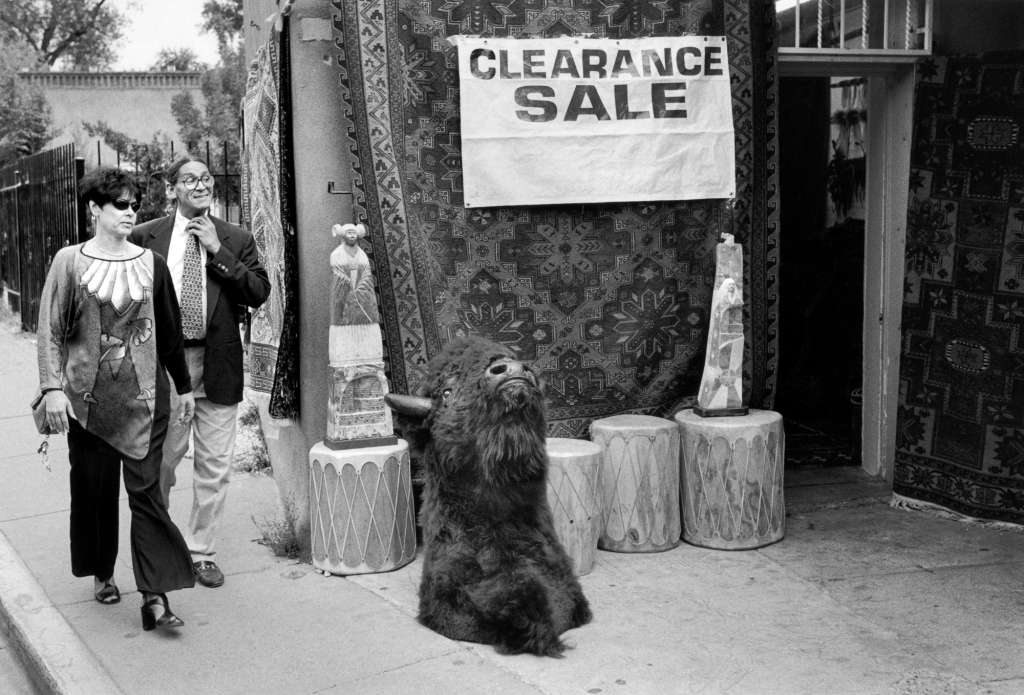
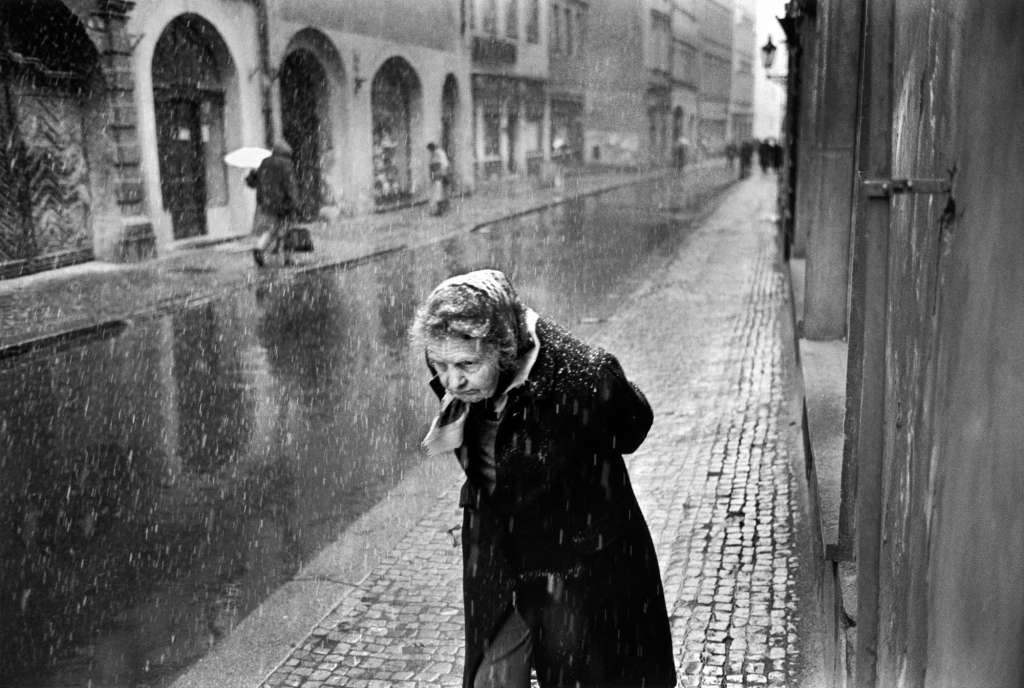
About a week later, Cradoc’s mother called him to the phone. It was the newspaper editor. He explained that the staff photographer had just died on a canoeing trip and the paper needed someone desperately. Some of the reporters took pictures, but none of them knew how to do darkroom work. And so, a couple of weeks shy of his 16th birthday, Cradoc Bagshaw became a newspaper photographer. He worked hard that summer, photographing grinning politicians, celebrities, fishermen, and fires. The most important lesson he learned – that proposing his own story ideas was the best way to show up in print.
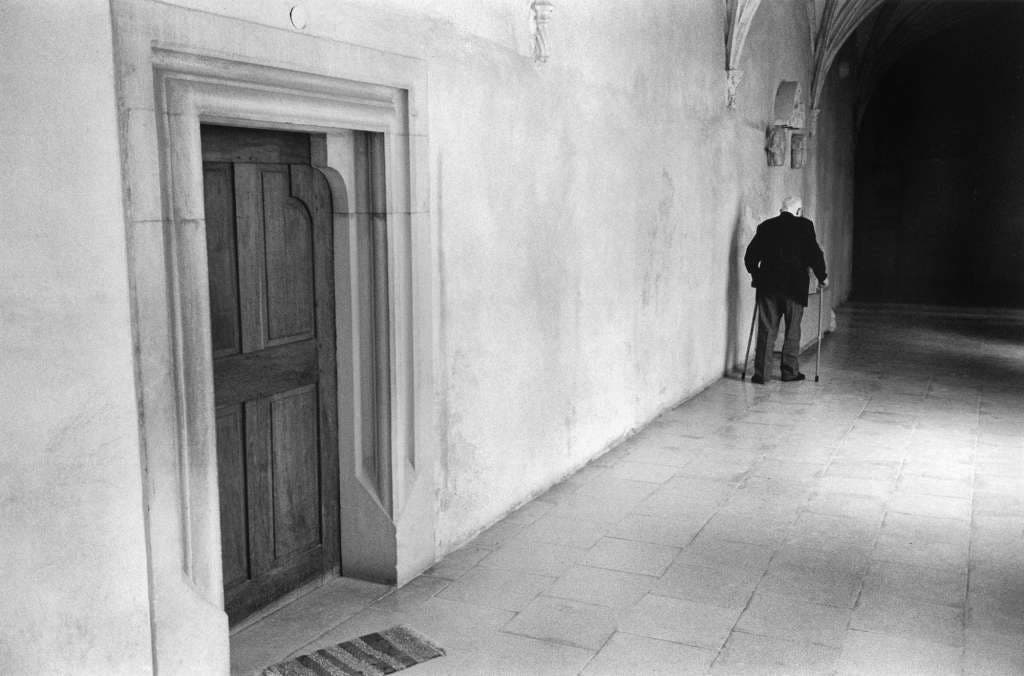
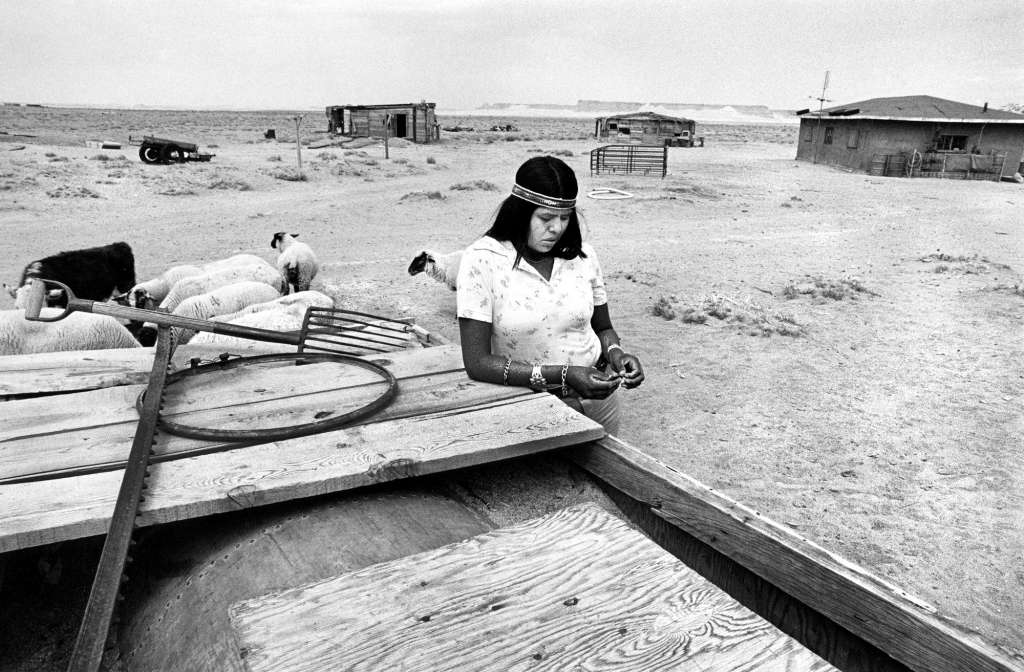
In his early 20’s Bagshaw continued doing newspaper work because enabled him to shoot everything with his beloved Leica M4 on Kodak Tri-X black-and-white film. But the pay was so low he could barely live on it, so he started filling in with commercial work, mostly shot in color. A break came when an editor from the L.A. Times signed him up to shoot an article on New Mexico Indian pueblos for their Sunday magazine, and he wound up shooting the entire issue. That led to a meeting with the L.A. Times art director, who assigned him to shoot two more complete issues from covers to inside spreads. He took copies of these, and his portfolio, to New York and made the rounds.
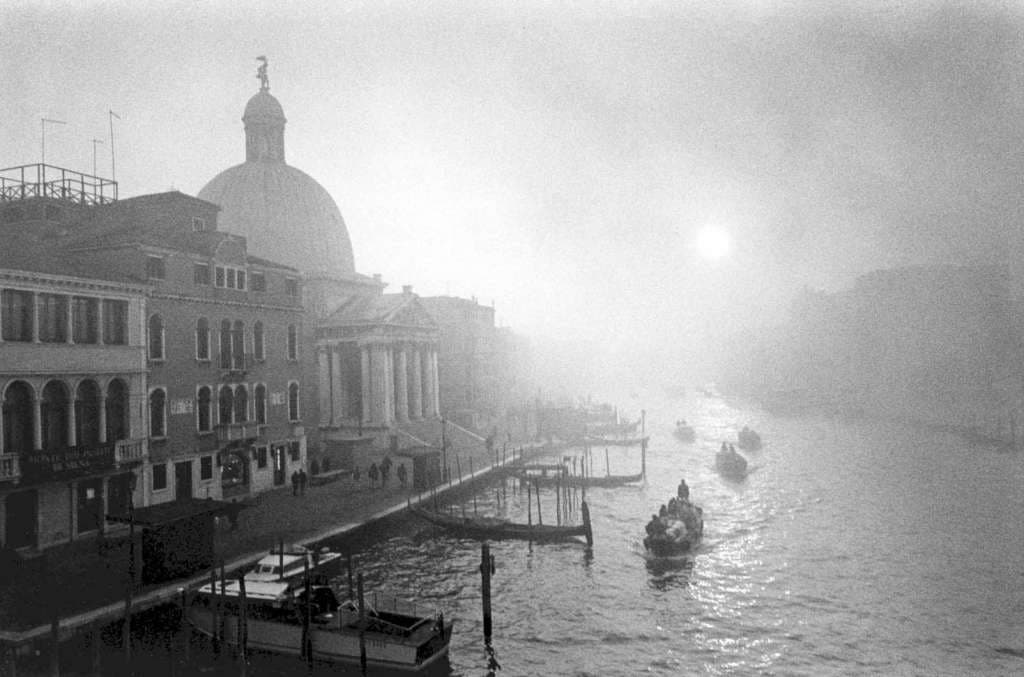
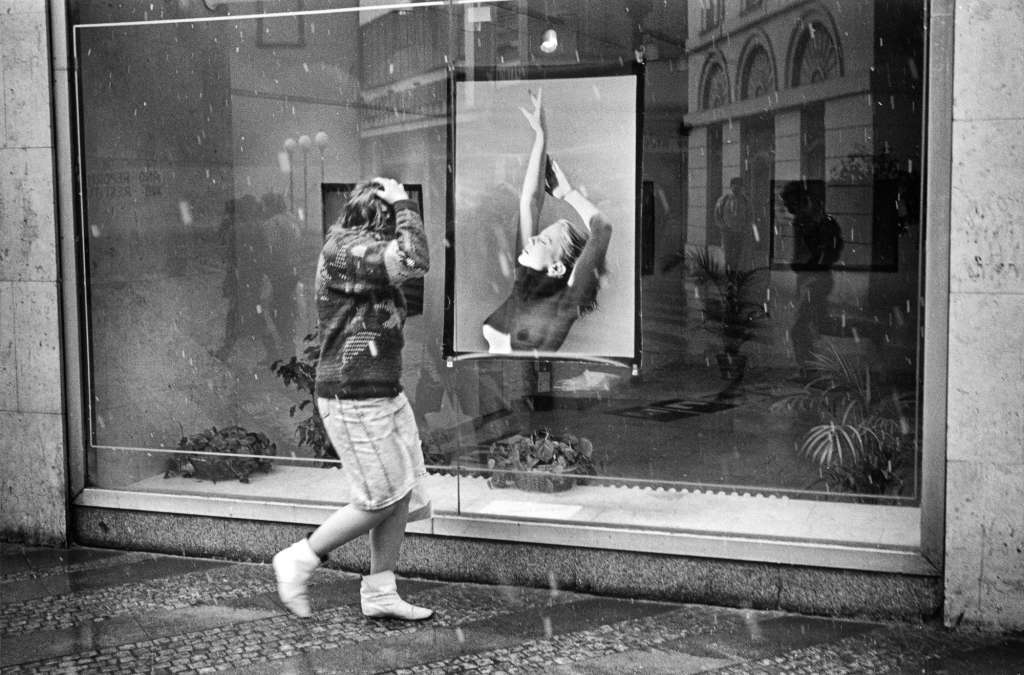
Bagshaw hit it off with the photo editor at Forbes and became one of their main photographers. His work appeared in USA Today, USA Weekend, N.Y. Newsday, the N.Y. Times, and Time Magazine. He was doing practically everything—crafts for American Craft Magazine, architecture for Architectural Digest, and lifestyle images for Southern Living. He hooked up with stock agencies – Black Star in the ‘70’s, and later Gamma Liaison in New York.
He was making lots of money and getting lots of work, but he wasn’t happy. His true passion was to shoot simply, with Leica cameras, in black-and-white, but he couldn’t find clients that would pay him to shoot in that way. In short, he was tired of chasing the money.
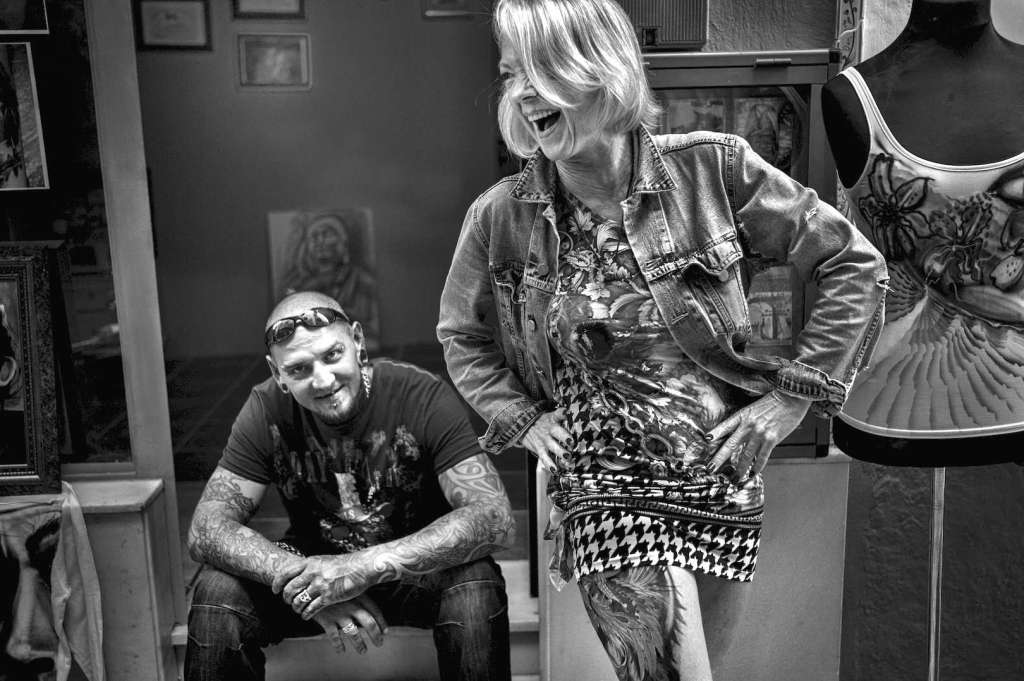
When Bagshaw was 39 years old, his wife, Indian artist Helen Hardin, died of breast cancer, an event that transformed his life. From that point on, he committed himself to doing only the kind of photography he found personally fulfilling. However, he also had to make enough money to support himself.
Shortly after Helen’s death in 1984, he went to China, just as that country was beginning to open up. He was still shooting color slides rather than black-and-white because he knew he could place color images with stock agencies and generate income. “It was color,” he recalls, “but at least I was shooting what I love, people.”
Bagshaw returned from China with 5,000 slides, but they needed to be captioned. The only option at the time was a rubber stamp that let you slowly dial the alphabet to form words. It was terribly inefficient, so he found some small labels that would fit his slide mounts and, using his primitive Radio Shack model 100 “proto-laptop” he wrote a program that would print the labels. “My best friend, the president of ASMP in L.A., saw it and had to have it,” he says with a smile. “Then all our friends wanted it. Pretty soon the demand was so great that I gave it a name, The Cradoc Captionwriter, and started selling it.” Once word got out he sold thousands of them to photographers and agencies, then started selling the labels. His unexpected success enabled him to move away from commercial work, and within a year he was back to his first love, shooting pictures on Tri-X with his Leicas.
In 1989, Bagshaw remarried, sold the Captionwriter, and in 1990 he and his wife, Therese, took off for a year of shooting. They spent 3 months in Alaska and the rest of the time in Western and Eastern Europe documenting the effects of the Soviet withdrawal from Eastern Europe. The Russian army was still stuck there, and the soldiers were selling their uniforms to tourists to get money. When they returned from Europe, Bagshaw wrote another software program: fotoQuote, a blue book of photo prices that soon became the North American standard for photo pricing. He followed up with fotoBiz, a business management program aimed at freelancers that was an immediate success. After he finished fotoBiz, he went to Paris to study black-and-white printing with Georges Fevre, Henri Cartier-Bresson’s printer for 30 years. “I shot every day and had my film processed each night,” Bagshaw recalls. “It was heaven!”
For the past several years, Bagshaw has split his time between the Vancouver, Canada area, and Marbella, Spain. He’s been invited to teach 3 workshops at the Porto Photo Fest in Portugal this September. In short, he is, at long last, the photographer he always wanted to be, and here’s what he says about it: “I love it when I can tell a story with a single picture! In the software world or in the commercial arena, I was always thinking too much. When I shoot my black-and-white photos there isn’t time to think. The decision has to be made in an instant. I have to be in the present and in touch with my feelings. It’s a feeling that pushes the shutter, not a thought. I look for relationships when I’m shooting. And when I see a relationship, feel something, and photograph it, I usually don’t know what motivated me, or why I took the shot until I look at the photo later.”
Bagshaw loves to photograph places in transition. For example, he documented the amazing contrasts in Europe after the Berlin Wall came down. “Portugal right now is the same,” he notes. “Because of its past economic problems, Porto feels undeveloped. I can feel it’s history, and to some extent it’s decay. There are lots of social and visual contrasts here, and that makes good photos.” Getting to where he wanted with his photography wasn’t a straight route by any means, and wasn’t what he expected when he started. But after years of shooting pictures to please clients, he’s finally re-discovered his true passion—exploring his personal vision and sharing it with others.
See more of Cradoc Bagshaw’s work:
Online Portfolio: http://cradocphoto.com/
Instagram: https://www.instagram.com/cradocbagshaw/
